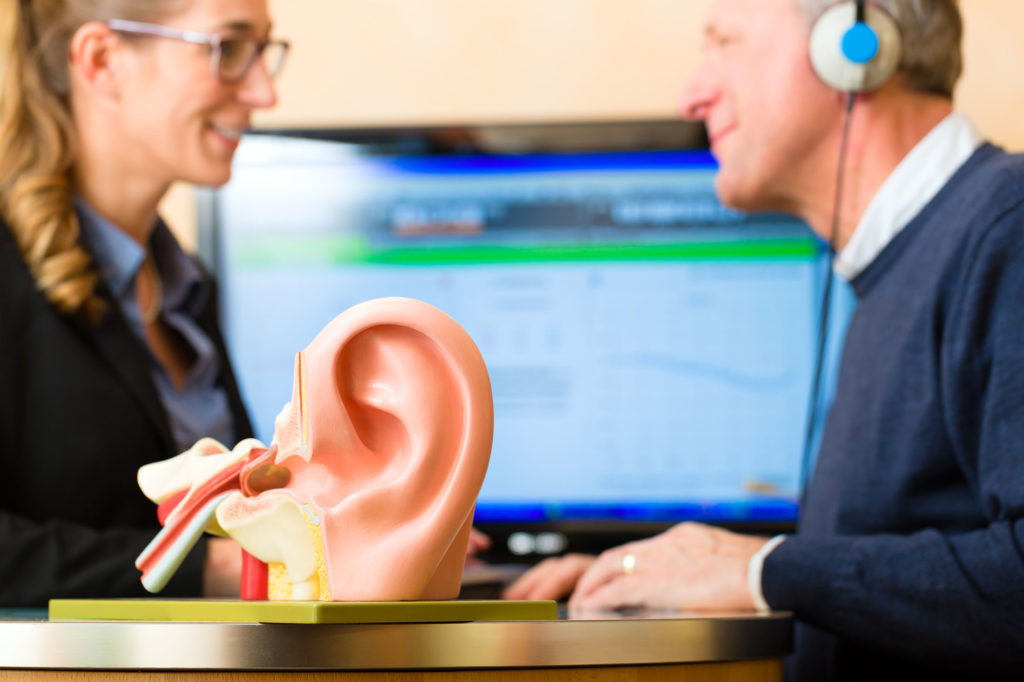The sense of hearing is an aspect of everyday life that may easily be taken for granted. The process of capturing sound as quiet as soft rain up to a loud thunderclap requires a complex mechanism that is a marvel of natural evolution that rivals what human engineers can design. Hearing does not stop at awareness. The processes in the brain that analyze the sensory information, compare it to past experiences and guide us to react or not is even more complex. How then can hearing aids improve hearing? How do these devices work with our natural way of hearing and processing sounds?
Understanding Hearing
Beyond the basic junior high school anatomy lessons, there are a few details that can help us understand where to begin to appreciate how hearing works. The outer ears are tuned for the natural sounds of human speech and have a directional advantage, with better sensitivity for sounds directly in front compared to sound from behind. This natural directionality helps us separate sound of interest, usually something or someone we are looking at, from sound we may not be as interested in. The sounds we are interested in may be referred to as the signal, and the other sounds we are not attending to may be referred to as noise. The natural shape of our ears creates a positive signal to noise ratio favoring the sounds in front. Hearing aids can be designed to do the same.
How Hearing Aids Improve Hearing
People who are having difficulty hearing and understanding speech are not only having a sensitivity problem with the volume of certain sounds, but they are also having trouble sorting out the speech they want to hear from other sounds. Extra volume alone does not solve their problem and can make matters worse by distorting sound and making it uncomfortable. Today’s hearing aids are technologically sophisticated instruments that may be finely tuned by expert hearing specialists to provide comfortable audibility and added processing to help the wearer sort out the speech they want to hear from the rest of the sound and unwanted speech around them. This is accomplished with a combination of noise reduction guided by Artificial Intelligence and deployment of directional microphones to improve the signal to noise ratio of the speech they would like to hear.
Types of Hearing Aids
Today’s hearing aids are available with rechargeable batteries and in a variety of styles. Some small devices rest behind the ear with a thin tube or wire to the ear canal; others are custom fit inside the users’ ears. Many hearing aids today have blue tooth connectivity to allow direct connection to telephones.
How U.S. Hearing Solutions Helps
Still have questions about how hearing and hearing aids can help improve your life? We provide the highest quality hearing aids on the market, which are always backed with our lifetime service warranty. Starkey hearing aids include a range of top-quality devices that are made in America. Contact us today to find the nearest location so you can speak with a hearing specialist about the right hearing aid for you and your lifestyle.

